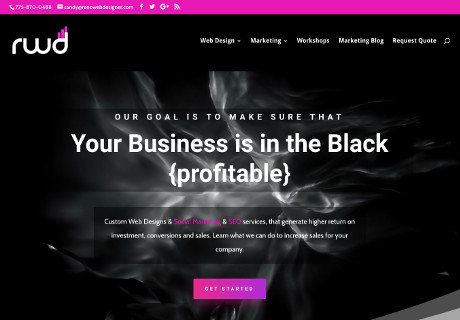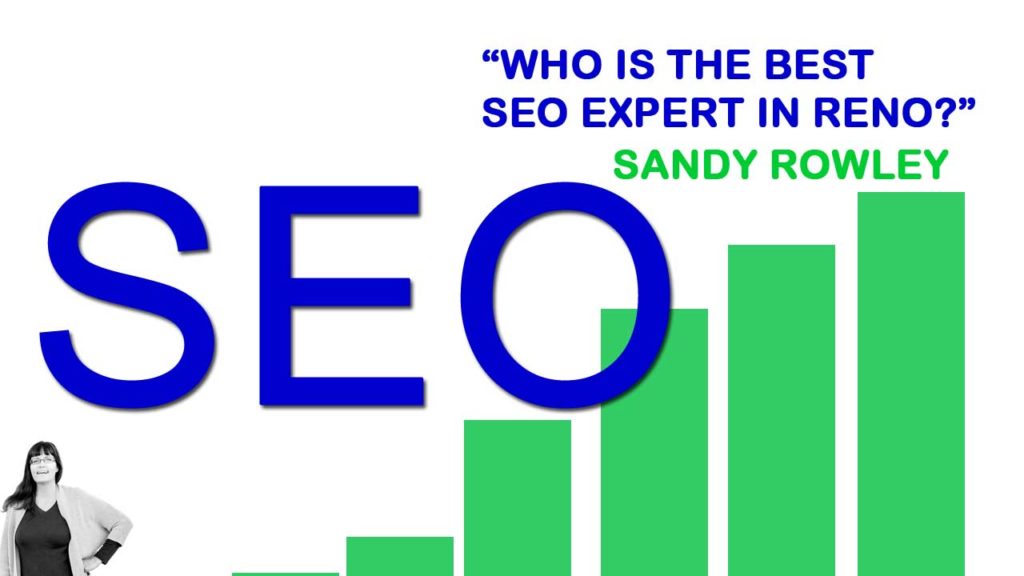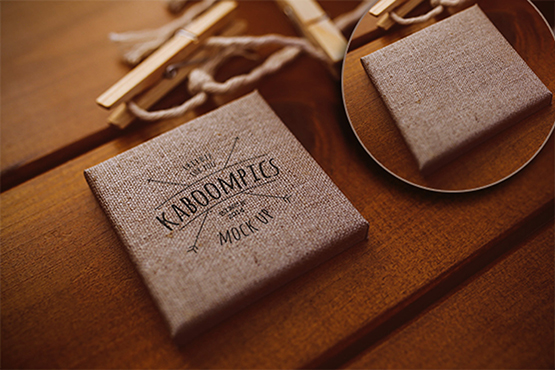
Digital Marketing Strategy For Manufacturing Company: Top 5 Methods For B2B Digital Marketing
Request a 15 minute Digital Marketing Strategy with leading SEO Expert, Sandy Rowley by calling or texting 775-870-0488.
Digital marketing strategy for manufacturing company is different than for regular businesses who are dealing with end customers. This is because manufacturers are selling to other businesses – i.e. B2B (Business-To-Business) and usually the transactions are conducted in bulk. You target entrepreneurs, business-owners, digital store owners, and other such individuals.
What Is A Digital Marketing Consultant And Does Your Business Need One?
Digital Marketing Consultant
Catering to a B2B audience requires an effective digital marketing strategy comprised of dozens of different marketing strategies. No marketing strategy is superior to another – they all carry their merits. The most effective way to build a successful strategy is to test out different campaigns and find out which ones are successful. This guide will cover the top 5 methods for a manufacturing company marketing strategy. Let’s get started, shall we?
- B2B Trade Platforms
Manufacturing businesses have the potential to manufacture thousands of products from their factory. How do you get your company in the eyes of customers looking to buy products in bulk? The answer: B2B trade platforms like Alibaba and Global Sources. These platforms are specifically designed for businesses looking to buy products in bulk – those are your future clients. This is where your journey as a successful manufacturer starts.
Many manufacturers rely on B2B trade platforms for their entire digital presence and don’t even build a website. The key here is to build up enough feedback and trust so that new customers can feel safe trading with you on the platforms and placing huge orders directly.
- SEO (Search Engine Optimization)
Search Engine Optimization and content marketing are the most effective way to drive customers to your business for free. The key here is to discover keywords related to your business that customers will look for and strategically place your website at the top of the search engines.
- Example: If you manufacture military camouflage backpacks, you want to target keywords like “buy military camo backpacks”.
The SEO strategy has to be executed with thorough research and adequate content placement for certain keywords that will give you leverage in the market. This requires effort at the initial stages while you’re setting it up, but it gives you exposure for years to come.
- Pay Per Click (PPC) Advertising
Pay per click advertising on platforms such as Google AdWords can give you immediate exposure in front of target audiences. The biggest advantage is that you can place your website in front of the eyes of thousands of customers searching for products on Google and other search engines such as Bing. These platforms allow you to immediately get the top result without putting any effort in content creation and/or backlinks to get the website ranked.
The downside is that PPC advertising can be expensive and is only recommended for companies who can afford to spend money to get their website out there.
- Social Media Advertising
Social media advertising is currently the most popular form of paid advertising. Advertising on social media platforms such as Instagram and Facebook can prove very profitable for your business. The only downside is that it may be harder to reach the clientele you’re looking for as a B2B company on social media platforms which are primarily comprised of casual users.
Only employ a social media advertising strategy for B2B if you know how to target those customers on social media. Usually, PPC campaigns such as Google AdWords are more effective for manufacturing businesses than social media (which is mostly a B2C – business to consumer platform).
- Video Ads
Video advertising is extremely popular because you can place your commercial on websites such as YouTube and it’s more affordable than both social media and PPC advertising. If you can strategically place your commercial on videos related to your industry, your brand will surely attract attention.
The downside is that video advertising can take significant effort to develop catchy commercials and place them in front of relevant audiences on video-sharing platforms like YouTube.
Call Sandy Rowley for a no pressure SEO review of your companies website. Call or text 775-870-0488.












